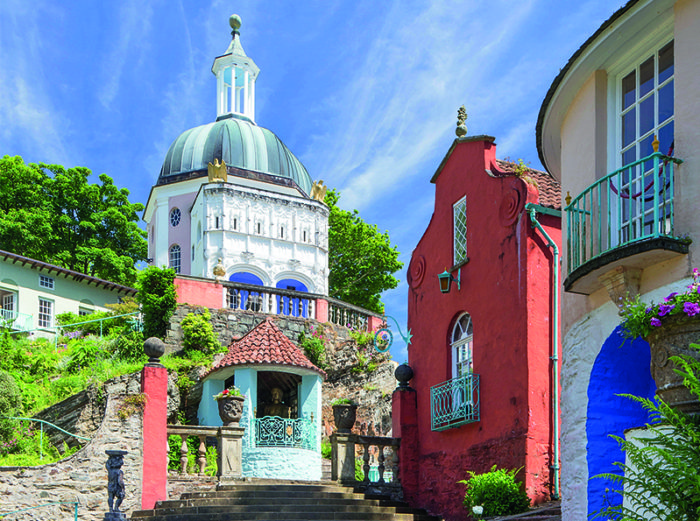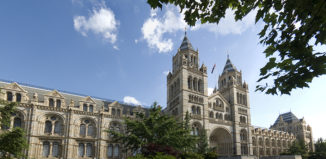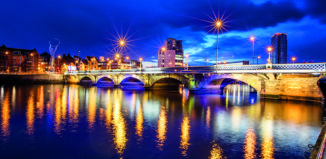Portmeirion: an insider’s guide
Facts, figures and stories about the picture-perfect Welsh tourist village
Portmeirion is a reminder to always dream big. Bertram Clough Williams-Ellis had long fantasised about creating his own model village prior to acquiring the Aber lâ estate in 1925. The British architect didn’t start from scratch, however, but rather set about moulding an existing coastal settlement into his own vision.
He began by converting the main waterfront house into the Hotel Portmeirion and pegging out the village with other key structures prior to the outbreak of the Second World War. The second phase of building began in earnest in 1954. The result is a compact place, yet one that Williams-Ellis made appear larger through the sloping aspect and clever contrasts of architectural styles. The most distinctive part of the village remains the loop of candy-coloured cottages, cafés and shops that centres around an Italian-inspired piazza and winds down the hill towards the Dwyryd estuary.
While Portmeirion was conceived as a place for thousands to live or visit and enjoy, it also remained a very personal project for Williams-Ellis. As work on the village first began, he bought the Amis Reunis (or ‘Friends Reunited’), a converted trading ketch that had worked the channel out of the Porthmadog harbour across from Portmeirion. When the boat became inadvertently stranded and damaged on a shoal, he would use the salvaged wood in the dining room of the Hotel Portmeirion, while also creating a huge stone tribute to Amis Reunis that can be visited in the harbour today.
More than these personal touches, Williams-Ellis’s driving motivation was to demonstrate that it was possible to enhance the natural environment with “architectural good manners”. Portmeirion more than succeeded in this respect and began to take on a life of its own. As Williams-Ellis noted in 1977, a year prior to his death, Portmeirion has “taken over from me to stand in my place as I myself recede into the friendly shade of the middle nineties”.
Did you know?
Clough’s daughter Susan Williams-Ellis founded Portmeirion Pottery in 1960. Originally conceived to provide gifts for the local village shop, many of the botanical-inspired pieces are highly collectable today.
Strange but true
In 1956, Frank Lloyd Wright stayed with Clough Williams-Ellis during his only visit to his ancestral country, Wales. The famous US architect admired the Portmeirion founder’s philosophy.
In numbers
- 50 Years taken to build Portmeirion
- 58 Number of hotel rooms available to rent in the village
- 70 Size of exotic woodland (in acres) surrounding Portmeirion
- 17 Number of episodes of the cult 1960s, Portmeirion-set TV show The Prisoner








